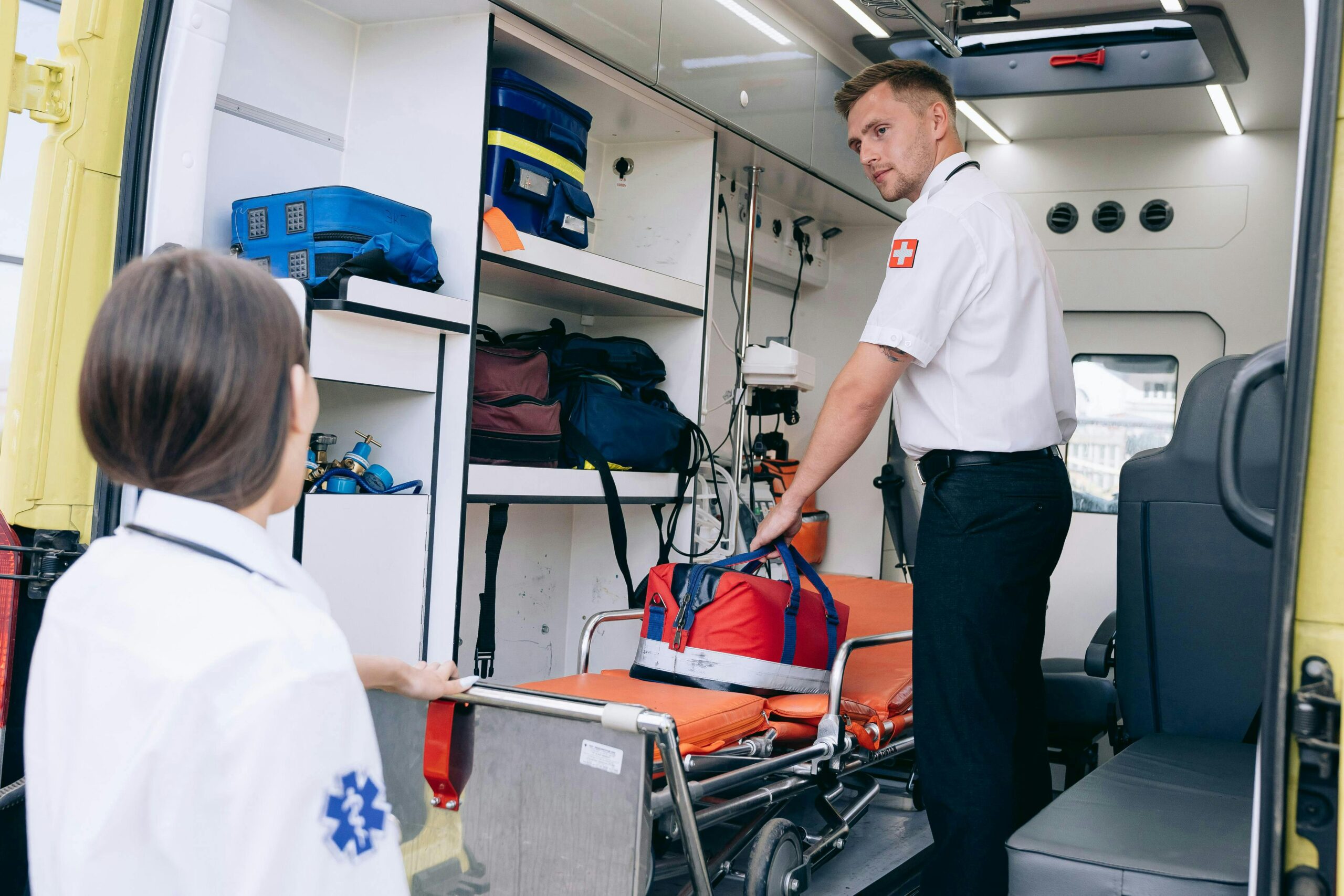When every second counts, having access to blood transfusions during ambulance transport can significantly improve survival rates for patients experiencing severe hemorrhage. However, many ambulances currently lack the necessary supplies to administer blood transfusions en route to medical facilities. This gap in pre-hospital care raises concerns about preventable deaths and underscores the need for innovative solutions to equip emergency medical services (EMS) with life-saving capabilities.
Current Landscape
Despite the critical importance of timely blood transfusions, a significant number of ambulances are not equipped to provide this intervention before reaching the hospital. This limitation can be attributed to several factors, including logistical challenges, regulatory constraints, and the need for specialized equipment to store and administer blood products safely. The absence of pre-hospital transfusion capabilities may result in delayed treatment for patients suffering from severe blood loss, potentially leading to adverse outcomes.
Impact on Survival Rates
According to a recent study from the American College for Surgeons, improving access to prehospital blood may save 10,000 lives a year.
Early administration of blood transfusions has been shown to improve survival rates among trauma patients. For instance, research indicates that pre-hospital transfusions in combat zones can reduce mortality by up to 25% in patients experiencing severe hemorrhage. Similarly, civilian studies have demonstrated that access to pre-hospital blood transfusions can decrease mortality in patients with hemorrhagic shock by 15-20%. In the United States, approximately 60,000 people die from hemorrhagic shock each year, with a significant portion of these deaths occurring before the patient reaches the hospital. If ambulances were equipped to administer blood transfusions, thousands of lives could potentially be saved.
Military Innovations Paving the Way: The Role of Thermal Custom Packaging
One of the most promising solutions to this problem has its roots in military medicine. Thermal Custom Packaging (TCP), a company specializing in advanced temperature-controlled transport solutions, developed innovative methods to maintain blood at the correct temperature during the “golden hour”—the crucial 60-minute window following traumatic injury when receiving a transfusion can mean the difference between life and death.
Recognizing the need for lightweight, portable, and reliable blood transport, TCP developed advanced thermal containers using phase change materials (PCMs) to maintain blood at stable temperatures for extended periods without requiring bulky refrigeration. These solutions have been successfully used in combat zones and on helicopters allowing medics to carry life-saving blood to the battlefield, dramatically increasing survival rates for wounded soldiers.
The same technology that saved lives on the battlefield can now be used to revolutionize civilian emergency care. PCMs and insulated transport containers could make blood storage on ambulances far more practical by:
- Maintaining Stable Temperatures – PCMs can keep blood at the required 1-6°C for hours or even days without continuous power.
- Providing a Portable and Lightweight Solution – Unlike traditional refrigeration units, PCM-based coolers are compact, making them easy to integrate into existing ambulance setups.
- Reducing Costs and Waste – By extending the viable transport time, these solutions make it easier for EMS providers to store and use blood efficiently without excessive waste.
The absence of blood on ambulances represents a critical gap in emergency care that can result in preventable deaths. However, by adapting military innovations such as PCMs and insulated transport containers for civilian EMS, it is possible to overcome logistical challenges and equip ambulances with the necessary supplies for pre-hospital blood transfusions. Implementing these solutions could significantly enhance patient outcomes and save countless lives. It is imperative to prioritize these advancements to ensure that no patient succumbs to preventable blood loss due to the lack of timely transfusion during emergency transport.
